No products in the cart.
Designs and Production
Creating the Most Natural Hairline
In terms of overall natural and invisible hair systems, there are three main variables: Base Type, Ventilation Method, and Hairline. We have previously covered the Base Type and Ventilation blog posts, please check it out if you haven’t read it already.
Introduction
In this blog post, we will be talking about the Hairline of men’s stocked hair systems, which is the most important about the naturality of all three variables. Now you are probably thinking “Is it important to me?” The answer is, yes, of course, it is! For the same reason why you want high-quality invisible hair replacement systems and fast reliable delivery times, it is to provide the best for your clients. Because your clients want it, therefore, it is important to you. To put ourselves in the shoes of your clients, we don’t want anyone to know he/she is wearing a men’s hairpiece. Therefore, the most natural hairline wig is a key discussion point when talking to your clients.
At Bono Hair, our goal is not only to ensure we provide the best invisible hair replacement systems to you who are our clients, but to ensure that your business is also successful and that your clients are receiving the best. This way we grow and prosper together. Providing the world with men’s hair replacement solutions!
What Makes a Natural Hairline? / How to Create a Hairline on a Wig?
Many variables contribute to a “natural hairline” in this section. We would like to go through each one in detail to ensure you leave this blog post today with some knowledge about the individual components that go together to create men’s toupees and the most realistic hair systems.
Toupee natural men’s hairline contributors:
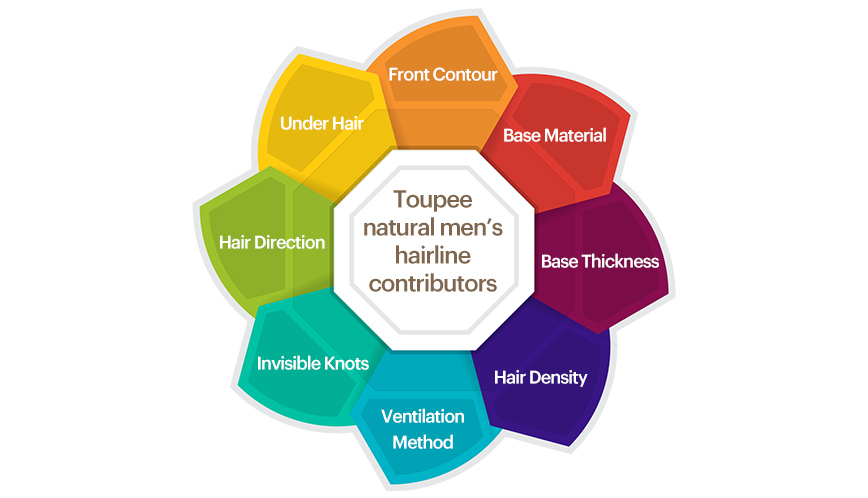
Front Contour:
Obviously, everyone’s head size is different. Men’s are between A and CC and Women’s traditionally share a standard shape of CC on average. However, because there are not many leniency choices for sizes, by choosing the correct size you are one step closer to creating an invisible hair replacement system.
Base Material:
Base materials have a range of different strengths and weaknesses, however, with regards specifically to the topic of “Natural Hairline”, each base material uses different methods to improve the hairline invisibility. For example, when using French lace as the base, the knots are usually bleached to create a more natural hairline effect. Sometimes when using a combination of materials, for example, French lace & skin, the skin is used all over the majority of the hair system, but for the front hairline French lace is used to incorporate the bleached knots.
Besides French lace, the other material that is used, and that works extremely well on the front area of the men’s toupee is Skin! The characteristic of the Skin material is that it is undetectable once put on. This is commonly used on the Full Thin Skin Hair Unit.
When using a combination of materials, to create the best invisible hair replacement system, Thin Skin/Clear PU is placed around the perimeter of the hair system. This not only helps create a more natural effect, but also, your clients can easily use tapes due to the Skin/Pu perimeter.
The Thickness of Base:
The Thinner the Better! To get the most natural effect for any hair system, the thickness of the base should be as thin as possible. Bono Hair’s thinnest base is the Ultra-Thin Skin 0.03mm BH3. It is one of the most popular bases worldwide. Consequently, having an ultra-thin base means that it’s not very durable, and it must be taken care of and maintained properly to prolong its life span. The thinner the base the easier it is to be damaged or worse… broken.
Therefore, for the combination bases, such as Skin Front and French Lace Body, the lowest thickness would be 0.06mm. If the skin on the front was 0.03mm, it would be much easier for it to be broken especially on the point of connection between the two materials.
Sticking to combination bases… To increase the lifespan of men’s toupees that use a lace front, some clients have previously asked for folded lace in this area. This means two layers of French Lace. Sounds strange right? Why would you want thickness around the edge of the base? However, to meet the issue of thickness, the solution is to make the front hairline more undetectable to get a good balance between durability and naturality. This will be covered later in the part about Under Hair.
Hair Density:
Making a hair system more natural would push us to closely look at the hair of a man who is not suffering from hair loss. The first obvious observation is that the hair density in the front hairline is less than in the other areas. This is taken into consideration and then replicated when manufacturing professionals’ most realistic hair systems. This this is done by having a greater increase in hair density starting from the front hairline. Furthermore, Bono Hair usually knots the hair in a zigzag track on the very front of the hairline, you must be thinking why? But trust us, this creates a far greater natural effect.
Ventilation Method:
Depending on the base materials being used, different ventilation methods are applied to the hair system. Depending on the material used on the front hairline area, usually either Skin or Lace, the knotting would be different. For Ultra-Thin Skin hair systems used on the front, V-Looped would be used accordingly. When Lace is being used on the front, the single split knot would be the best. Especially after reading the post about Ventilation methods, you must be asking yourself what about the other methods?! Well… this is because these ventilation methods have been chosen as the best choice considering both durability and naturality.
This is a very old industry and some things are just as accepted. This is one of them, but if you would like to talk further about it, please contact our customer service team or speak to your representative, for a more invisible hairline technique discussion.
Invisible Knots:
As previously talked about in a different blog post, there are different ventilation methods mainly V-looped, Injected and Knotted. There is no knotting involved in the V-looped and Injected methods. However, many knotting methods are also used, so how do we make them invisible? There are some solutions, including Single Hair Single Knot, Bleaching Knots, and Dyeing After. Let us look at them closer:
- Single Hair Single Knot – This technique involves making the Knot so tiny that other people are unable to detect it, and it appears to be the same as a normal strand of hair coming from the scalp.
- Bleaching Knots – To realize a perfectly natural effect, we bleach the Knots to a lighter color as it would appear on a real head of hair.
- Dye After – For the darker colors, Color #1 and #1A, the bleaching technique is not workable. However, we tried another solution to realize a similar natural effect as Bleaching Knots. Using hair of lighter color to knot on the base, then dyeing the hair to a darker color except for the root and knots.
Hair Direction:
When focusing on a Natural Hairline, it’s not unusual for hair system manufacturers to neglect the Hair Direction of the manufactured nonsurgical hair replacement. However, at Bono Hair, we have years and years of experience. Due to our experience, it has become second nature and is classed as very important. This is especially the case for those who want a brushed-back hairstyle.
Here’s an example. We recently made a custom order, the client wanted the hair system to allow the hair to be brushed to the left and back. If we knotted the hair directly to the left and back, it would be too flat and easy to expose the lace edge. Therefore, the solution we found is broken into two points.
- First, adding density to the front and right temple area.
- Secondly, for the right temple edge, since the customer didn’t have his hair to cover the base edge on this area, we knotted the hair to the right, not the left.
By this, when brushing the hair left and back, there will be a lifting effect, and the base edge could be successfully hidden by the hair knotted on the edge in the opposite direction.
Under Hair:
This technique is usually used when the front of the base is thick, such as when two layers of lace are used (Lace Folded). This is done to cover the edge of the hair patch base, we would knot 2 to 3 lines of hair on the reverse side of the base. By doing this, when you brush the hair backward, the hair on the reverse side would cover the edge of the base to make it undetectable.
Conclusion
So, there you have it!
We hope you enjoyed this Blog about “Creating the Most Natural Hairline”
Stay tuned for a more insightful blog post about the nonsurgical hair replacement systems industry!
Bono Hair——Yours Truly the World’s Best China-Based Toupee Hair Systems Manufacturer!









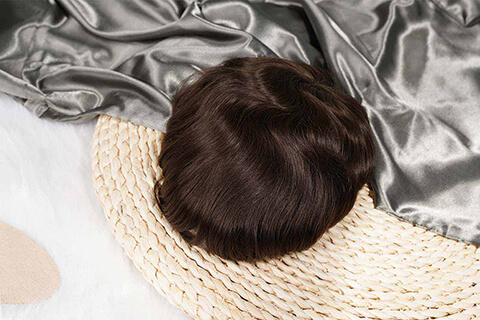
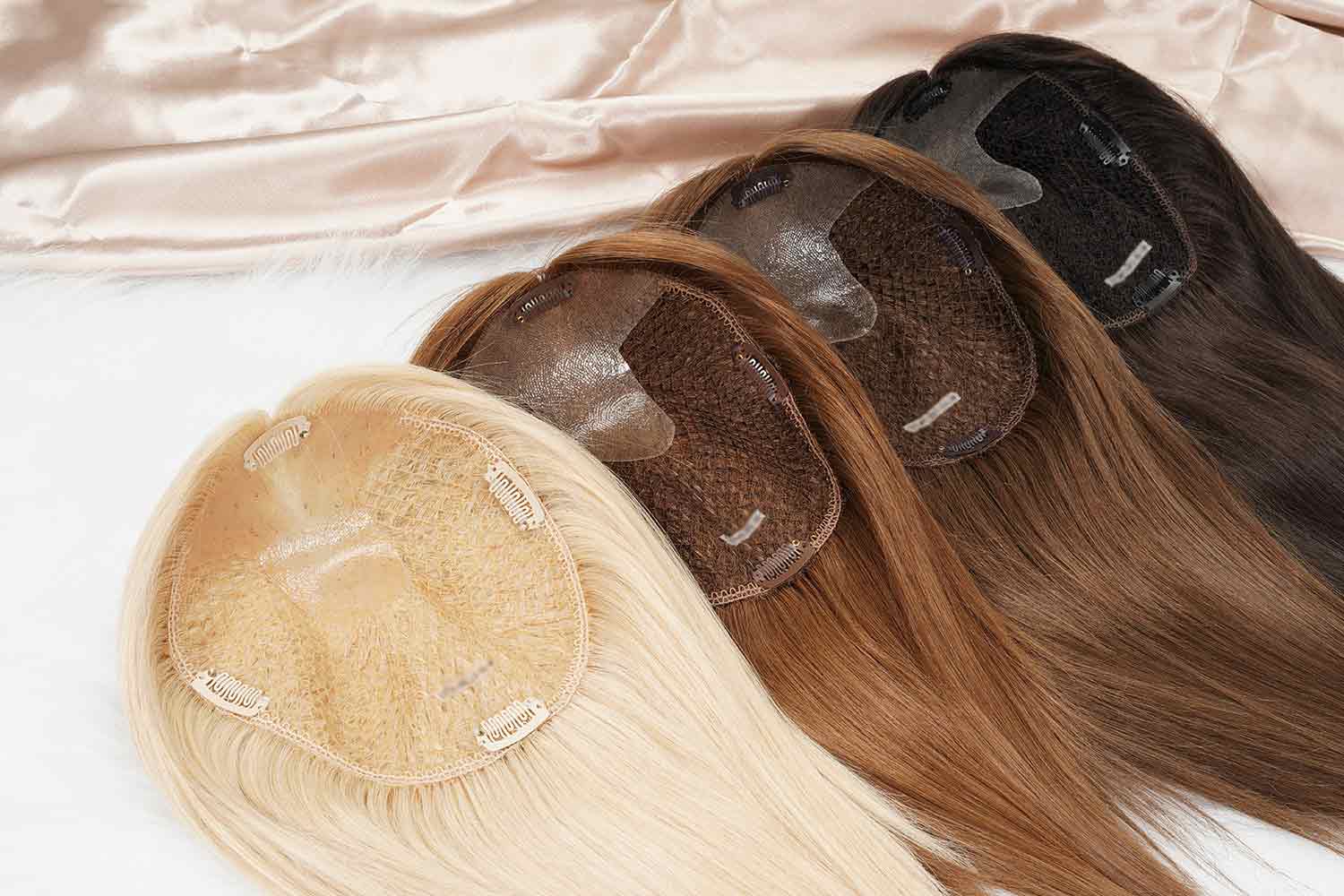
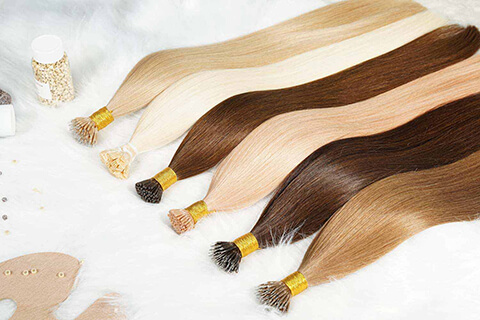
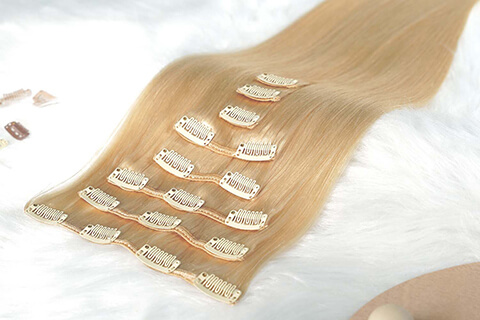
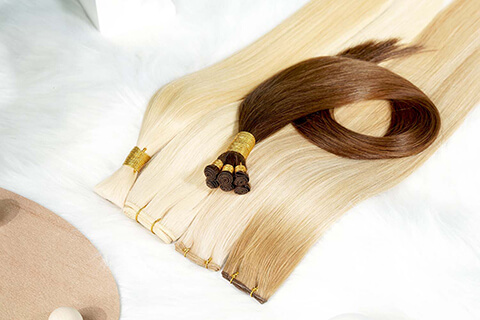
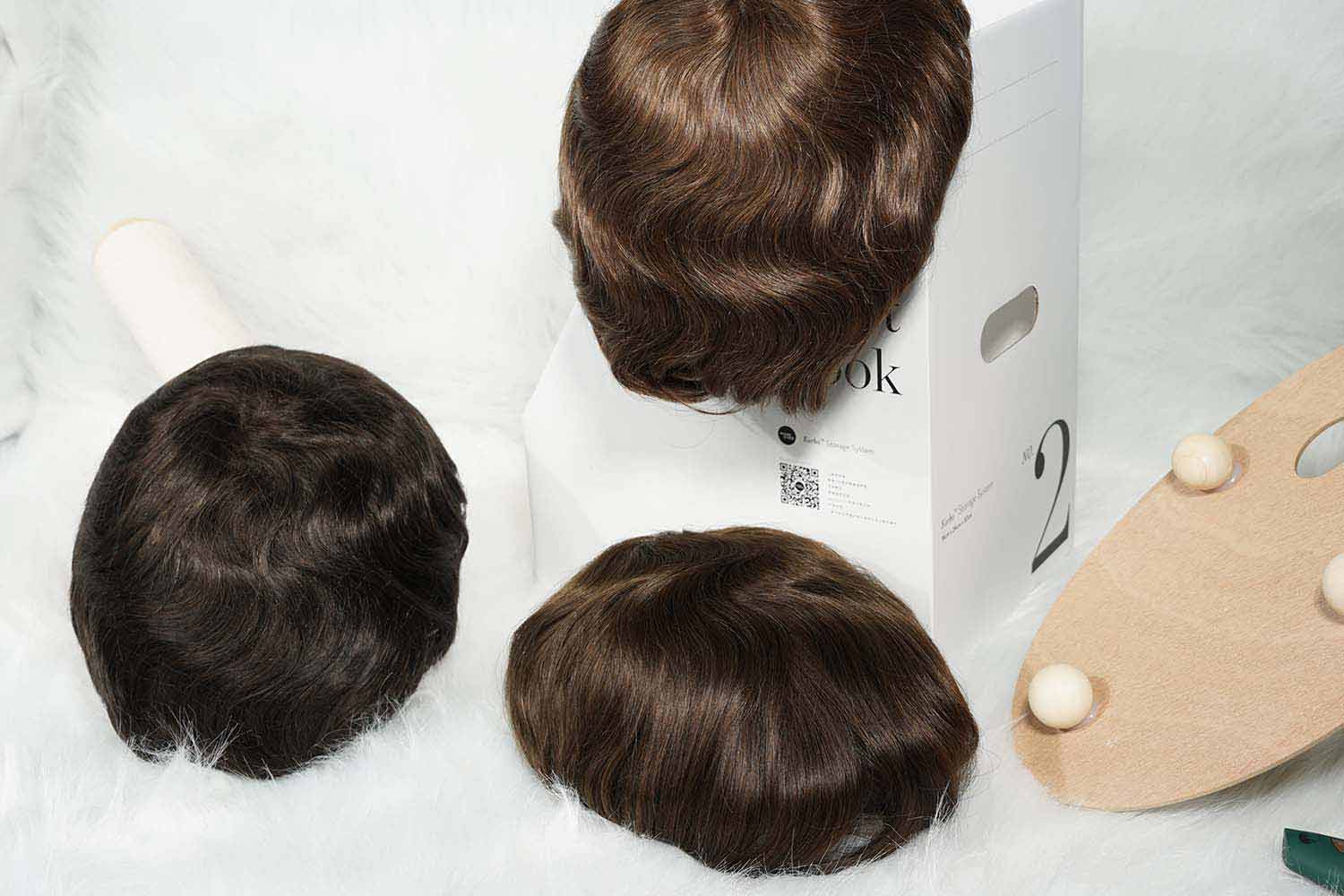
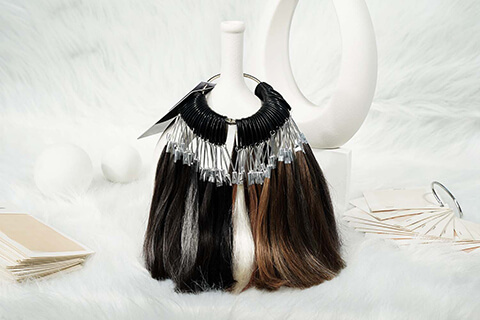
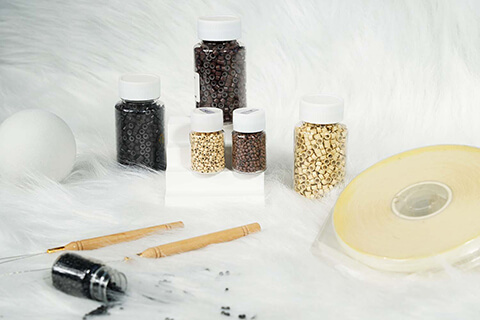

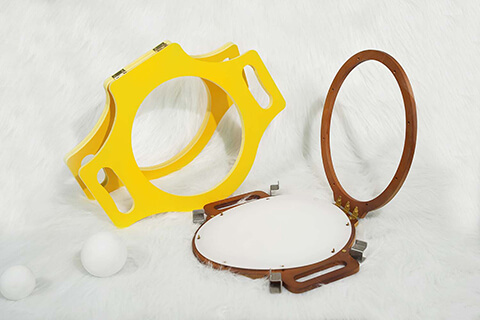
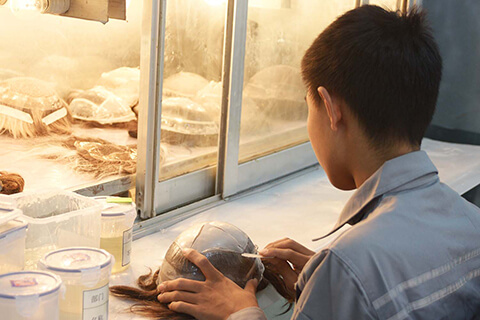
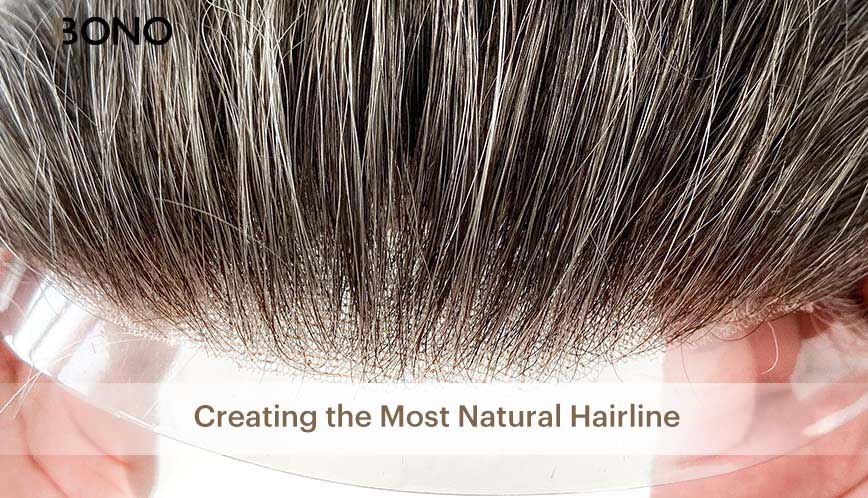
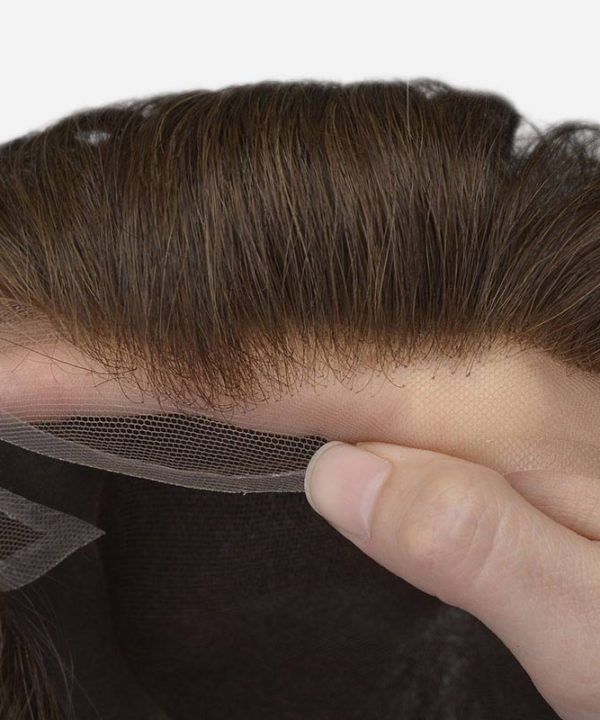
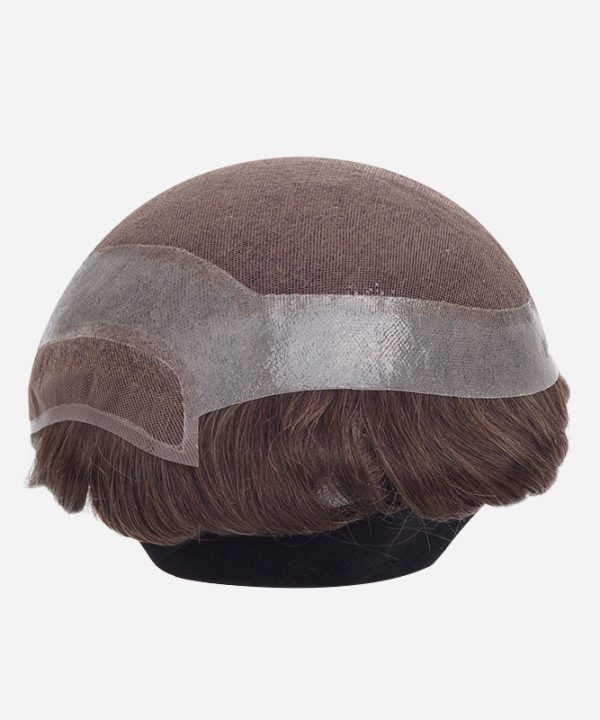
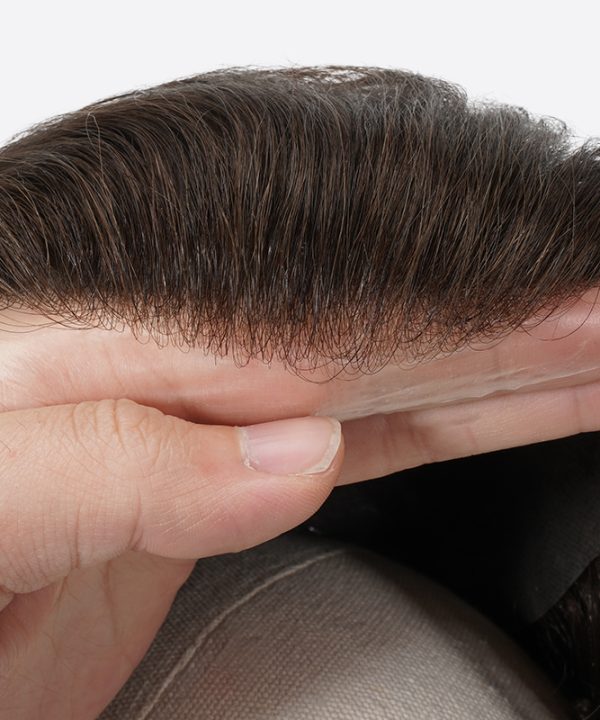
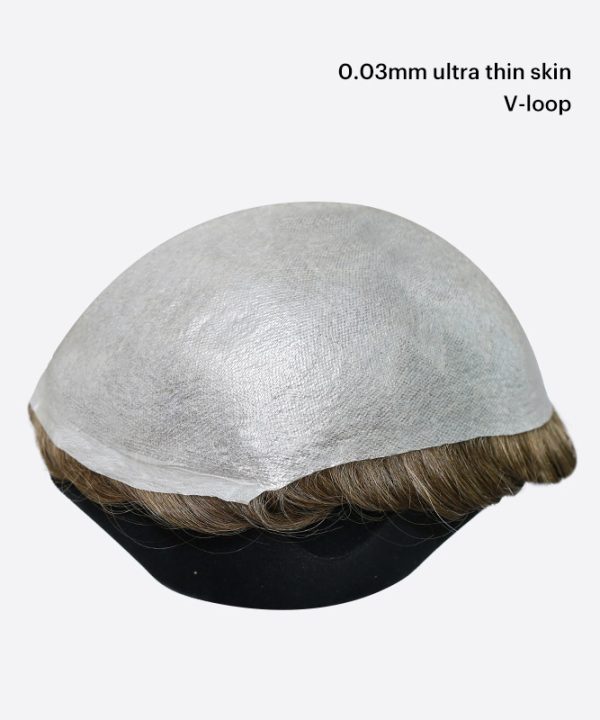
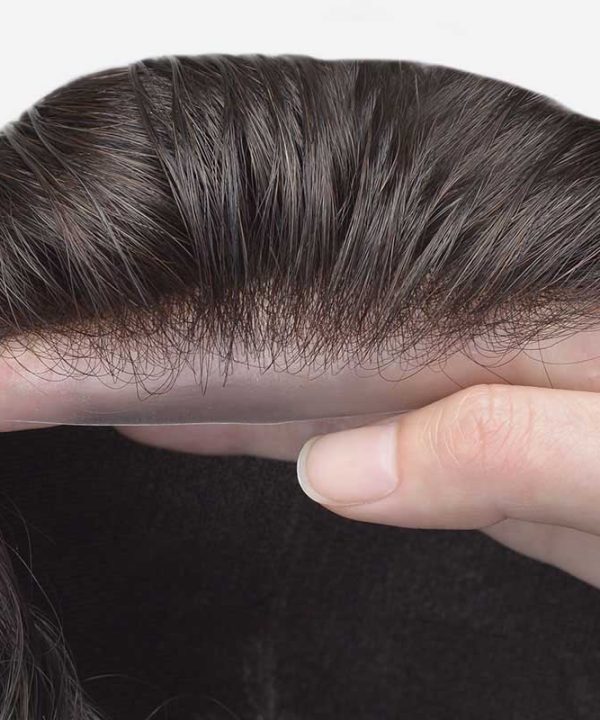
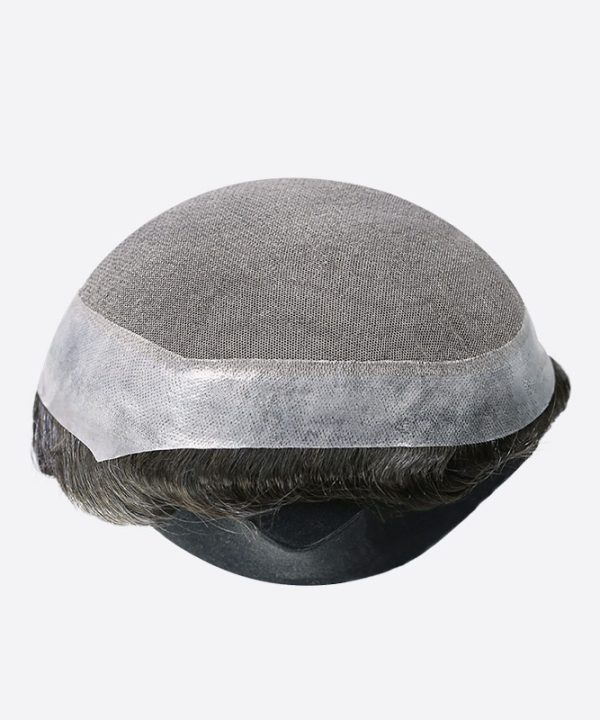
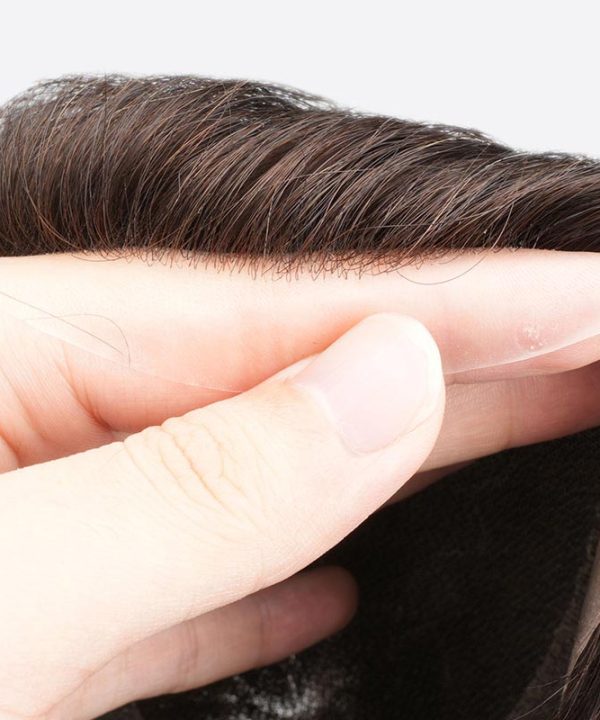
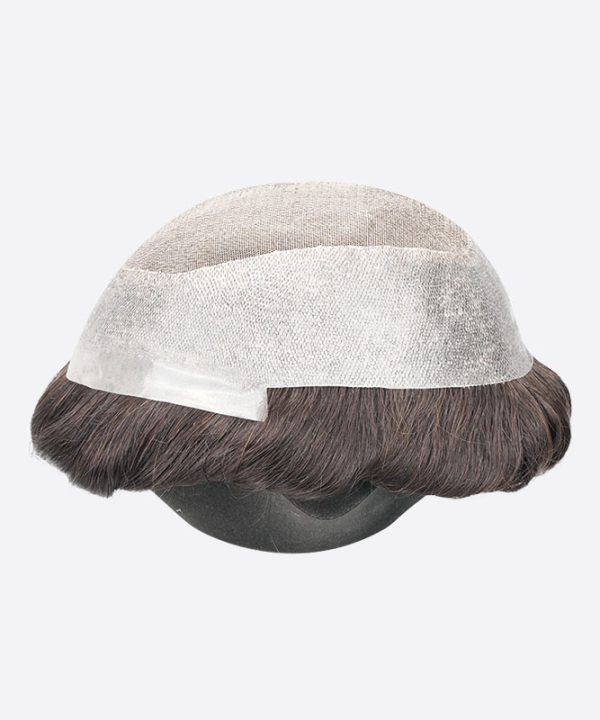
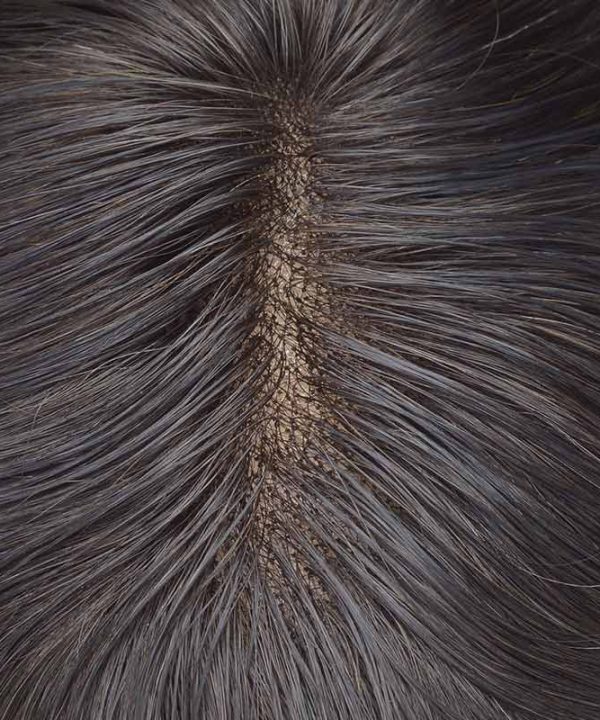
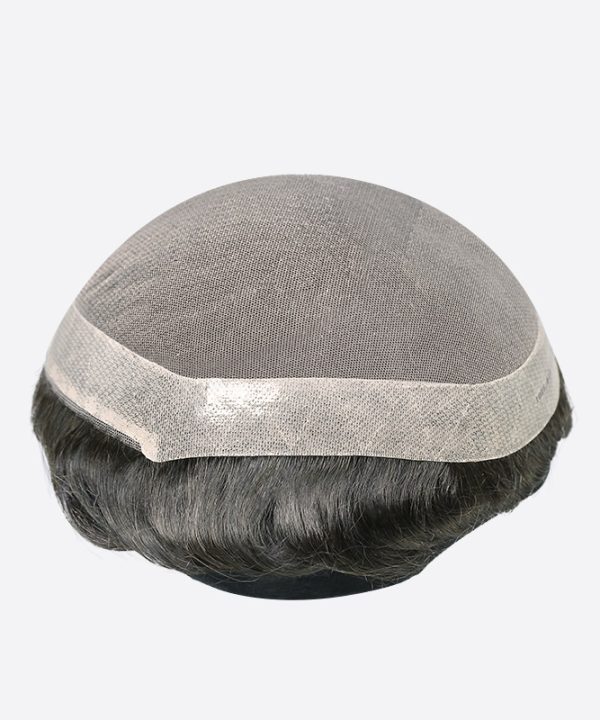
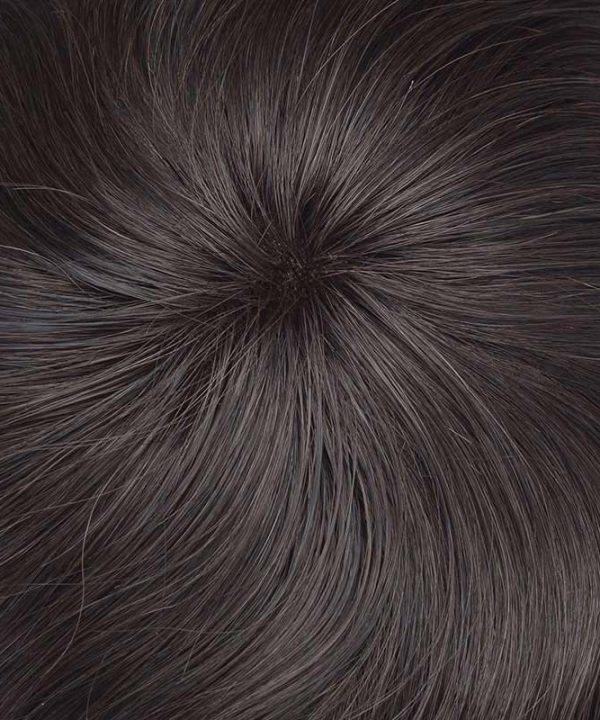
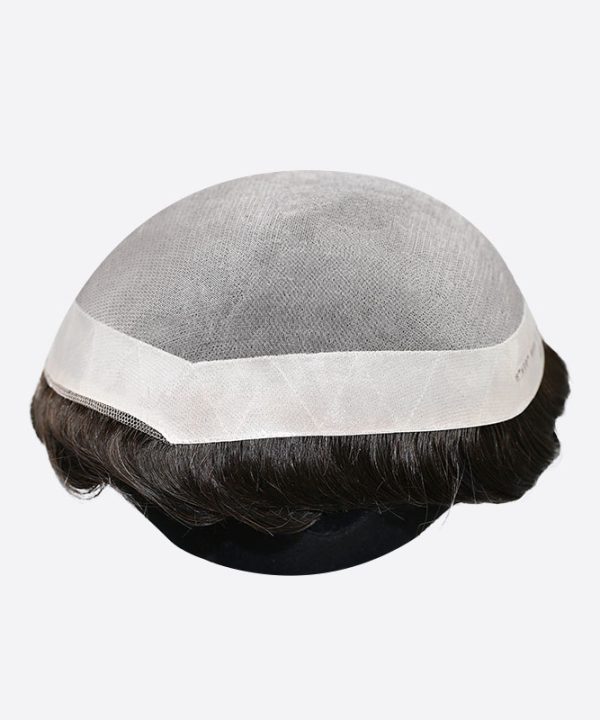
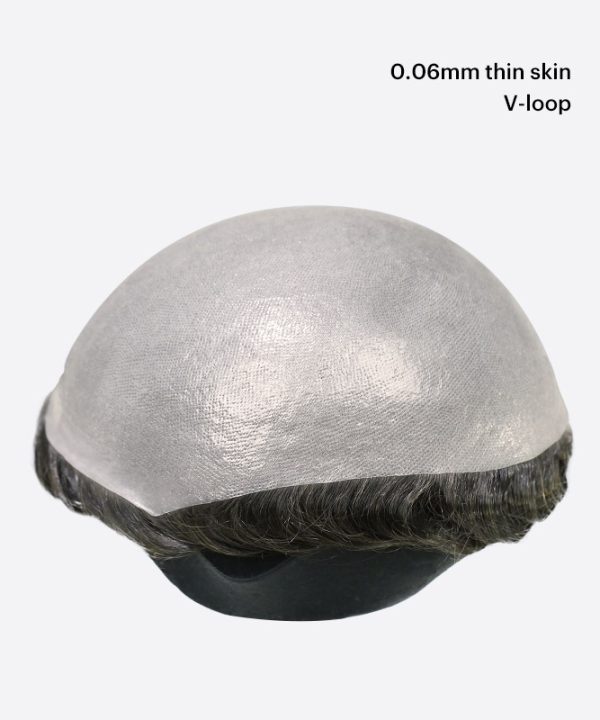
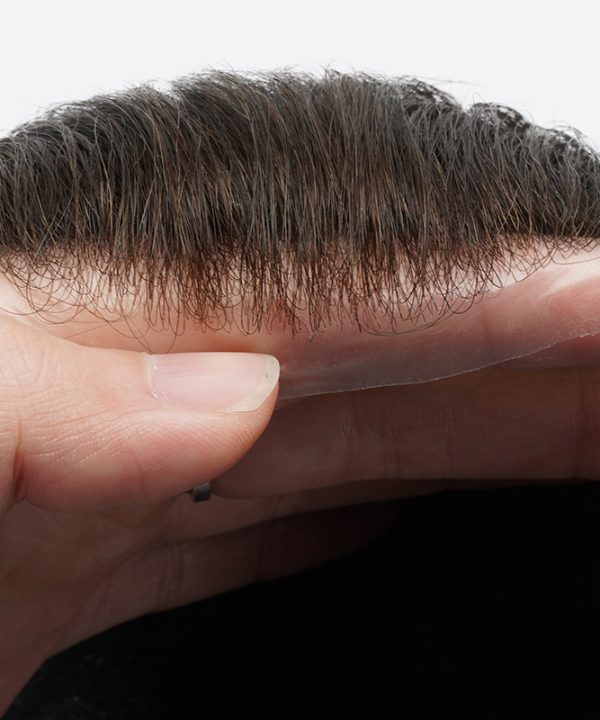





I’m with a wig company for a few years but they can’t give me a very natural front hairline in the hairpiece
Thanks for your comment, we are contacting you.